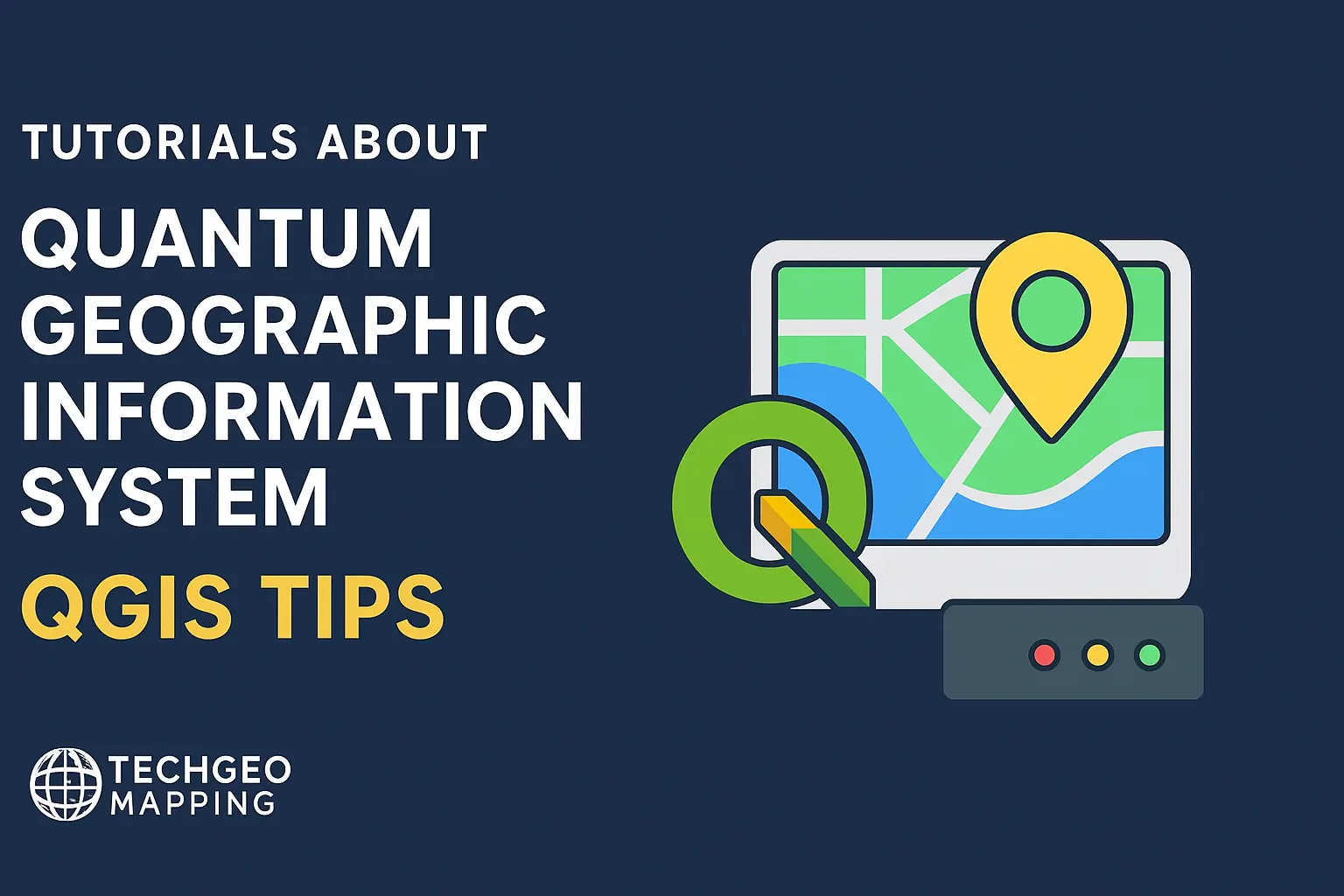Attribute Joins in QGIS Part 1: One-to-One
Credit: Youtube Channel “Statistics Canada”
Attribute Joins in QGIS – Part 1: One‑to‑One
The ability to combine attribute data from separate layers is a core feature of QGIS.
An attribute join lets you enrich your geometry layer with fields that live in another
table or layer, without touching the source files. In this first part we’ll focus on “one‑to‑one”
joins, where every record in the target layer matches a single record in the join layer.
When Do You Use a One‑to‑One Join?
- Adding descriptive attributes (e.g., population, land price) to a shapefile that
only contains geometry. - Enriching a layer that contains identifiers (e.g., postal codes, parcel IDs) with
demographic or economic data stored in a separate table. - Resolving an attribute that was omitted during data export or transfer.
Preparing Your Data
- Ensure consistent identifiers. The field you will match on must contain
the same values in both layers, and ideally the same data type (e.g., text or integer).
Whitespace, case sensitivity, or leading zeros can break the join. - Index the join field. QGIS will create an index automatically, but
if you’re using a very large table consider indexing in your database tool (PostGIS,
SQLite). This speeds joins dramatically. - Clean your field names. If the join field names differ, plan how you’ll
rename them either in QGIS or before the join.
Steps in QGIS
1. Open the Layert Properties
- Right click the target layer and select Properties.
- Navigate to the Joins tab.
2. Create a New Join
- Click the + icon.
- In the Join layer drop‑down, pick the table or layer that contains the new attributes.
- Set Join field (in join layer) to your identifier field (e.g., parcel_id).
- Set Target field (in target layer) to the matching identifier in your geometry layer.
- Optionally choose a prefix (e.g., dem_) if you want to avoid naming conflicts.
- Ensure Append all columns is checked unless you wish to pick specific fields.
3. Verify the Join
- Once the join is added, open the attribute table of the target layer.
- Scrolling to the right should reveal the new fields prefixed accordingly.
- Use the Field Calculator to test whether the values appear as expected.
Common Pitfalls
| Issue | Cause | Solution |
|---|---|---|
| Missing or null joined values | Non‑matching IDs or data type mismatch | Check spelling, case, leading zeros; convert field to a common type |
| Duplicate rows after the join | Multiple rows in join layer share the same ID (ineffective one‑to‑one) | Aggregate the join table or use a primary key that ensures uniqueness |
| Performance slowdown on very large layers | Unindexed join field or large number of columns | Index the join field; uncheck “Append all columns” and select only needed ones |
Saving the Join Permanently
By default QGIS keeps a join in memory. To persist the new attributes:
- Open the original geometry layer’s Layer ► Save As…** menu.
- Choose the desired format (e.g., GeoPackage, ESRI Shapefile).
- Check Layer options → Preserve and copy the join in newer QGIS versions.
- Alternatively, export by Ctrl+Shift+E or using Processing > Toolbox > Vector general > Save vector layer as.
Q&A Highlight
- What if the join field is a string with leading spaces?
- Trim the field in the join layer using the Field Calculator:
trim("fieldname"), or use the Refactor Fields tool. - How do I keep only the joined columns and discard the original key?
- In the join settings, uncheck ந append the target field or use a new virtual field that clones the data and then delete the original.
Next Steps
In Part 2 we’ll explore one‑to‑many joins, discuss spatial joins, and look at how to cleanly handle many‑to‑many relationships without compromising data integrity.





